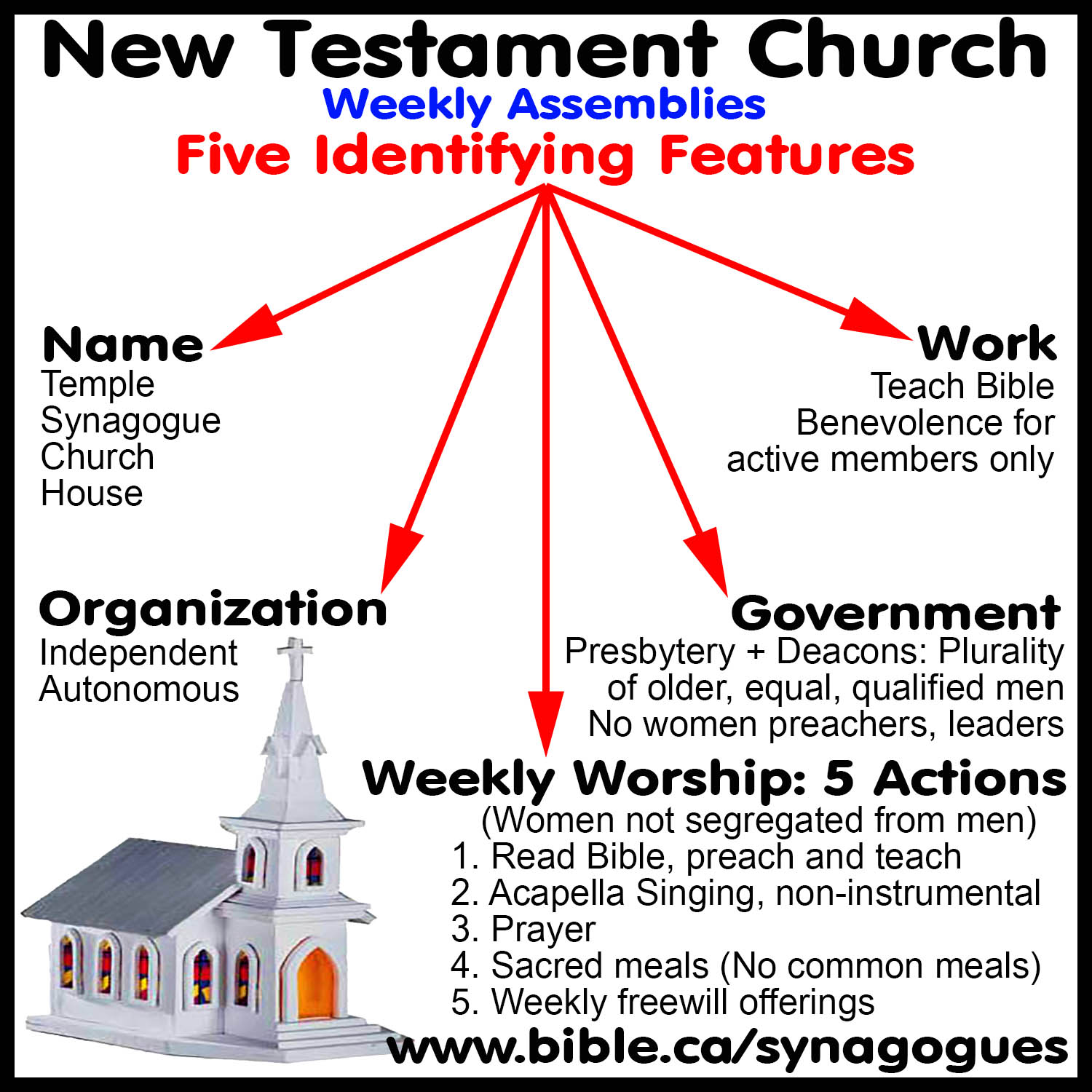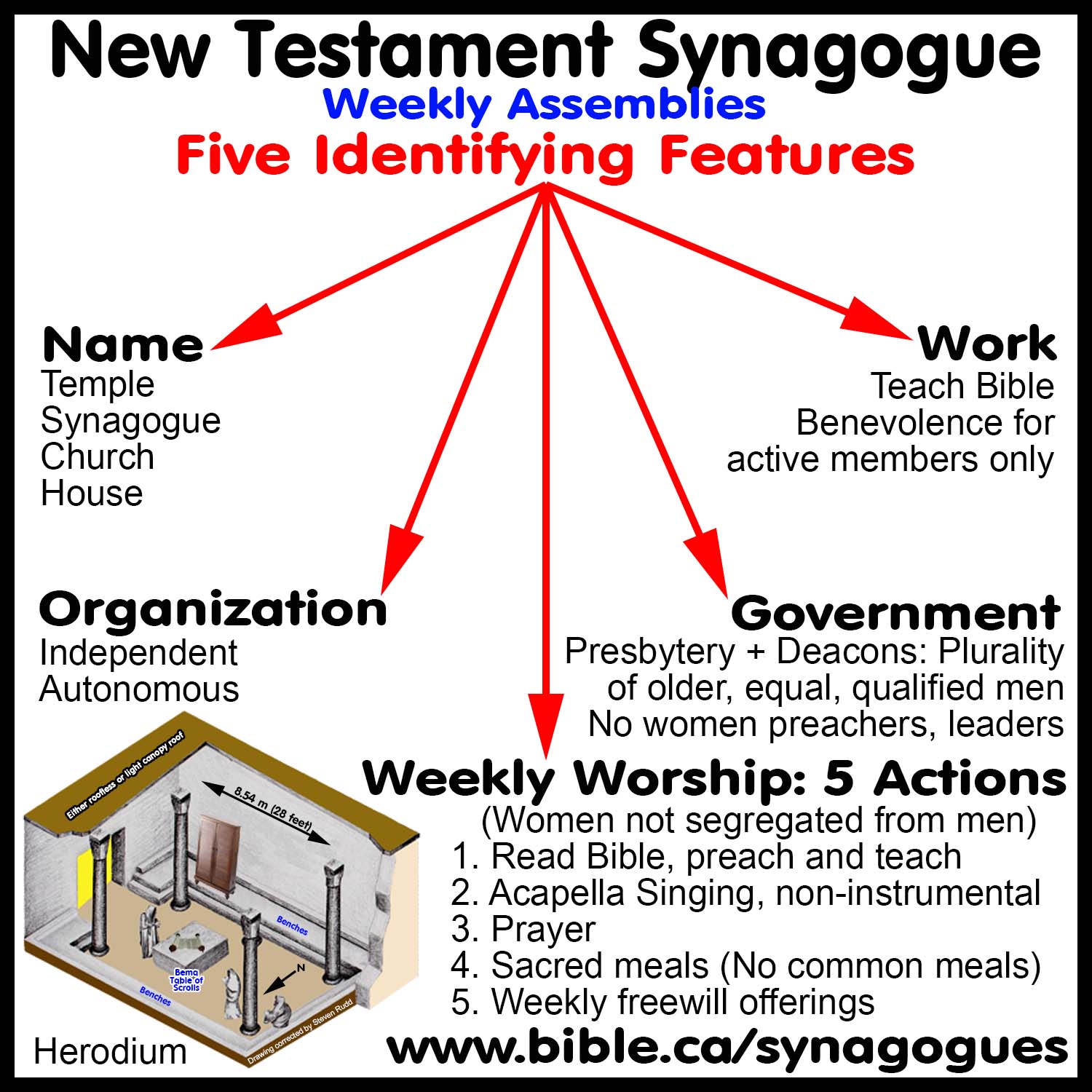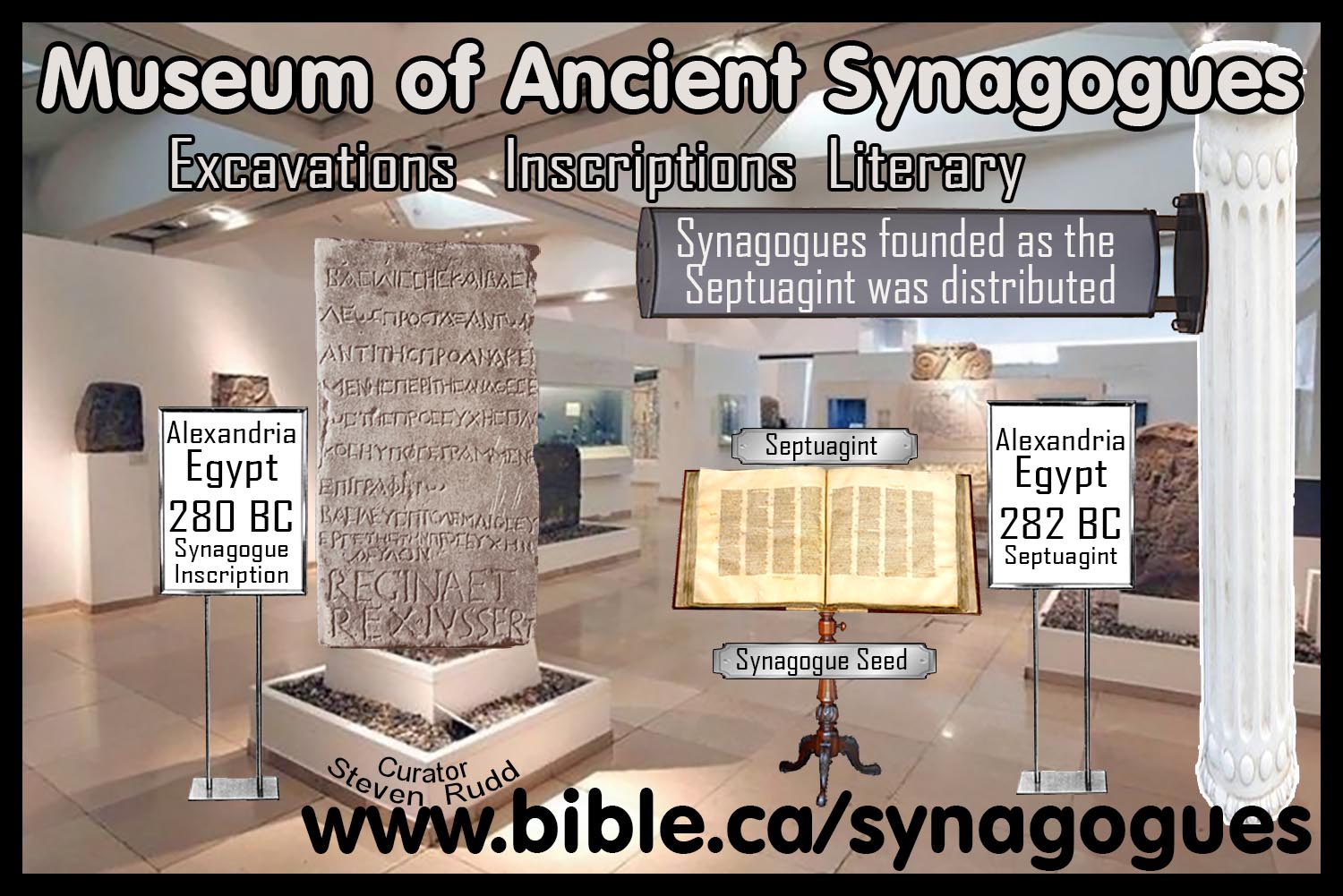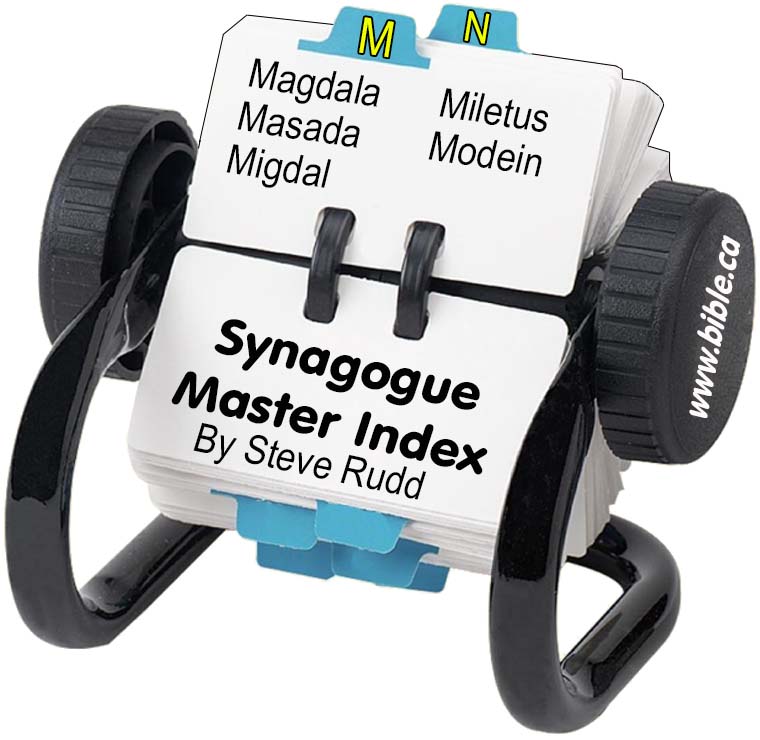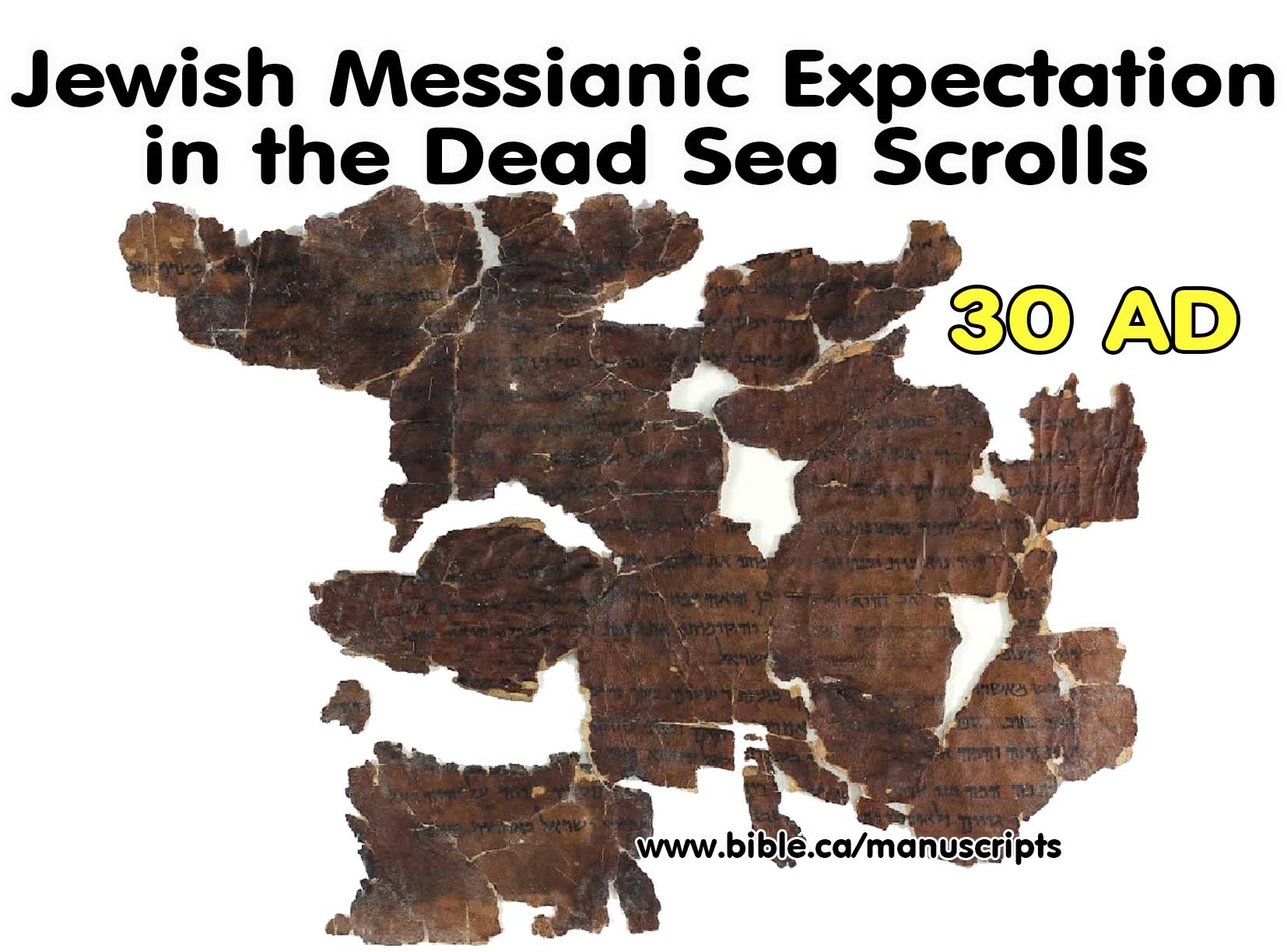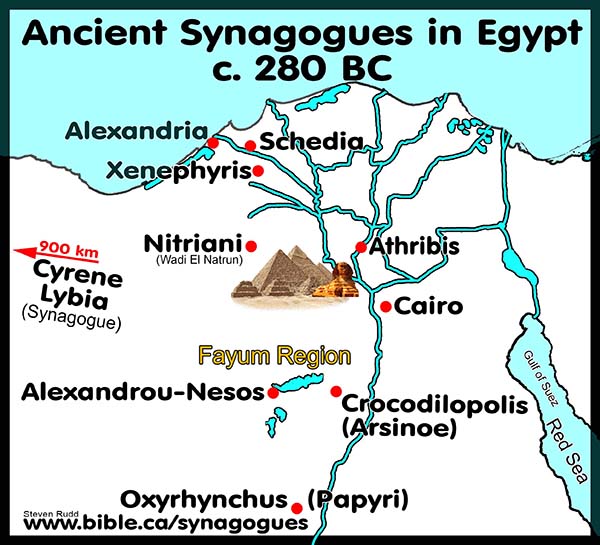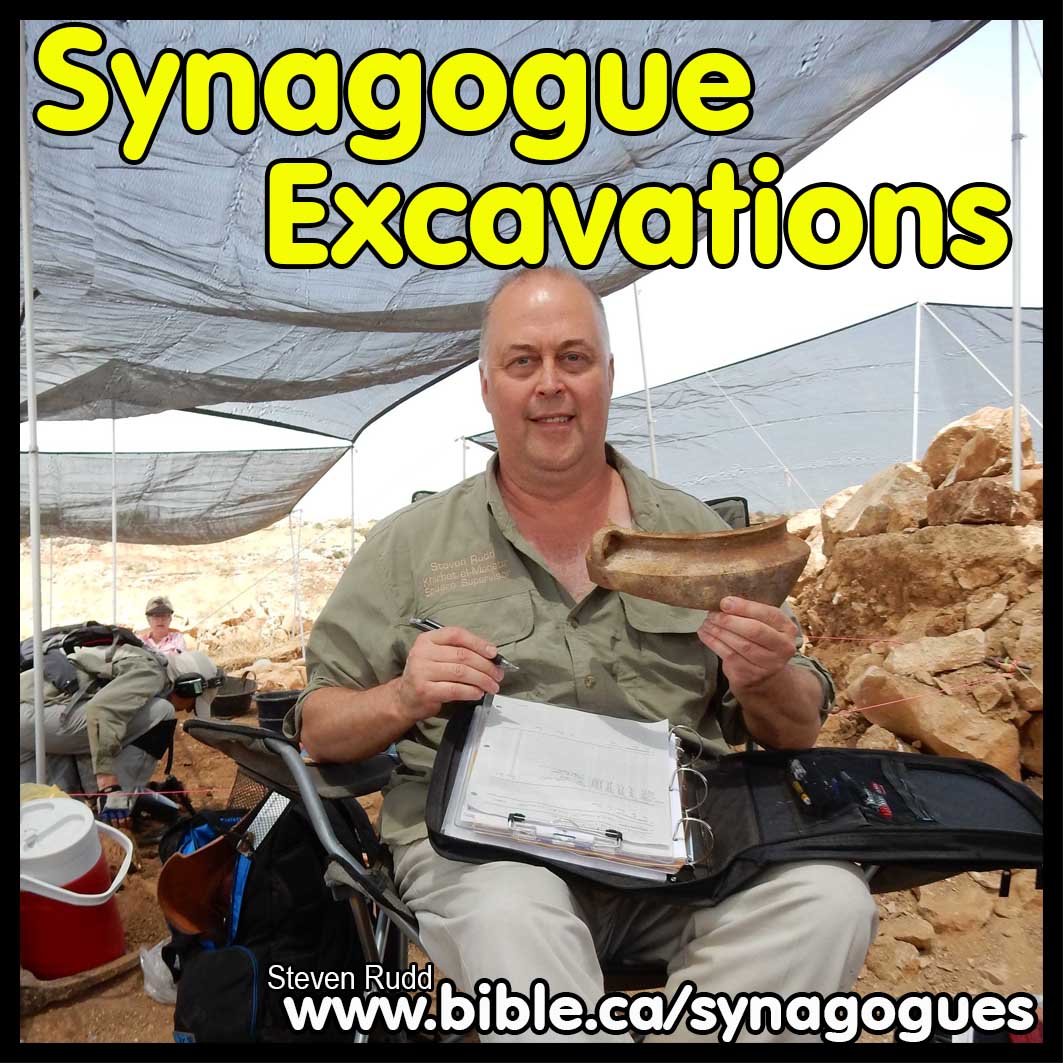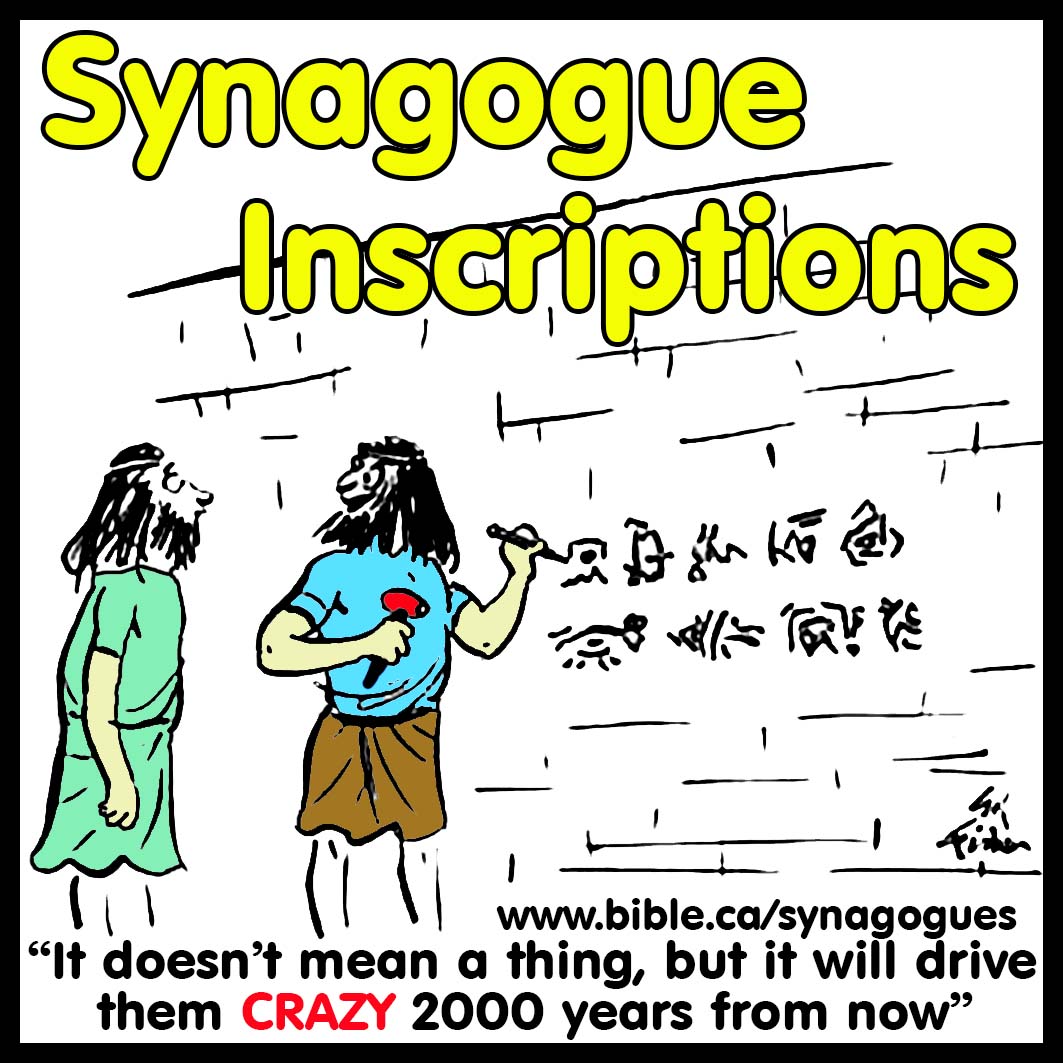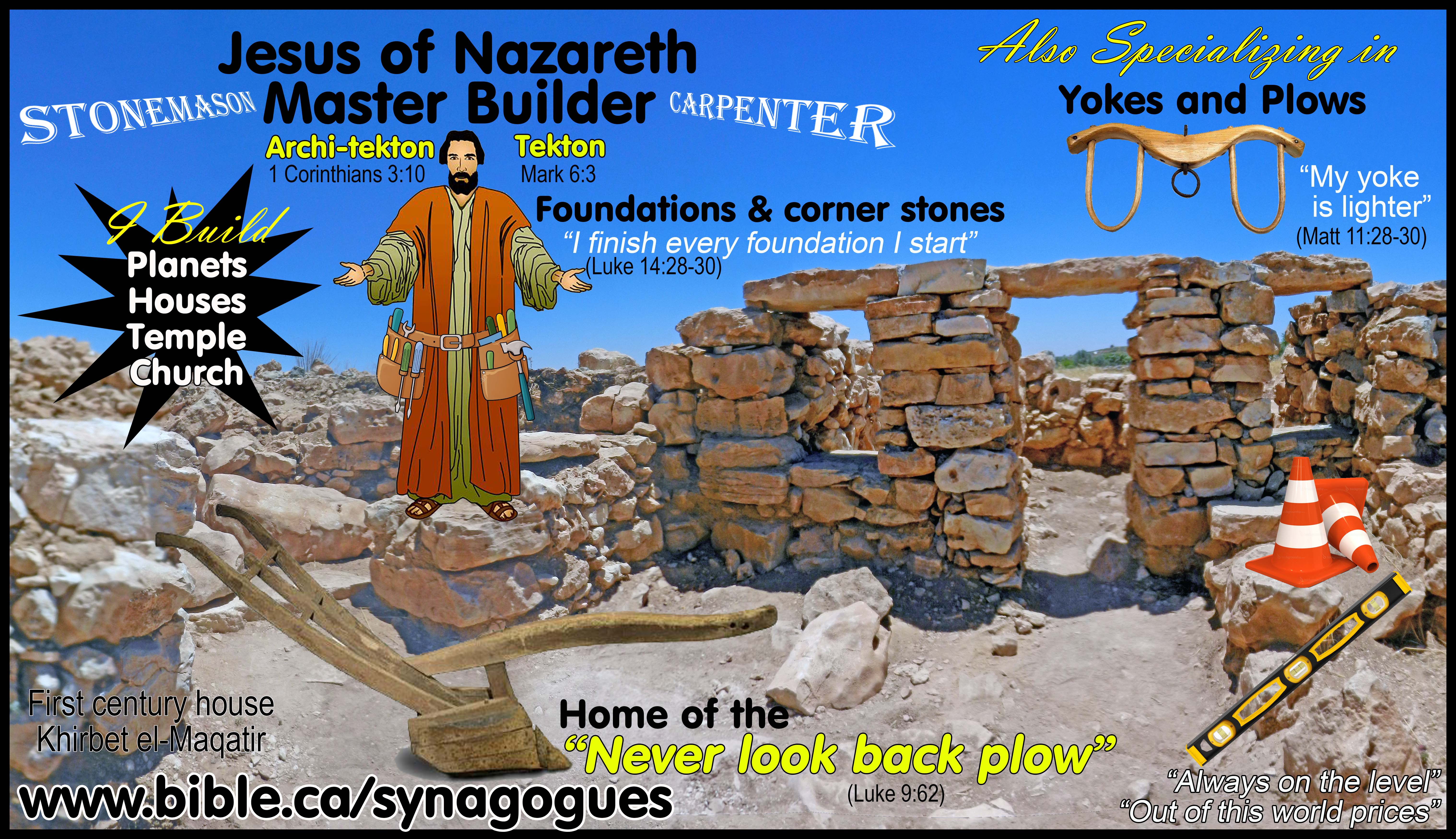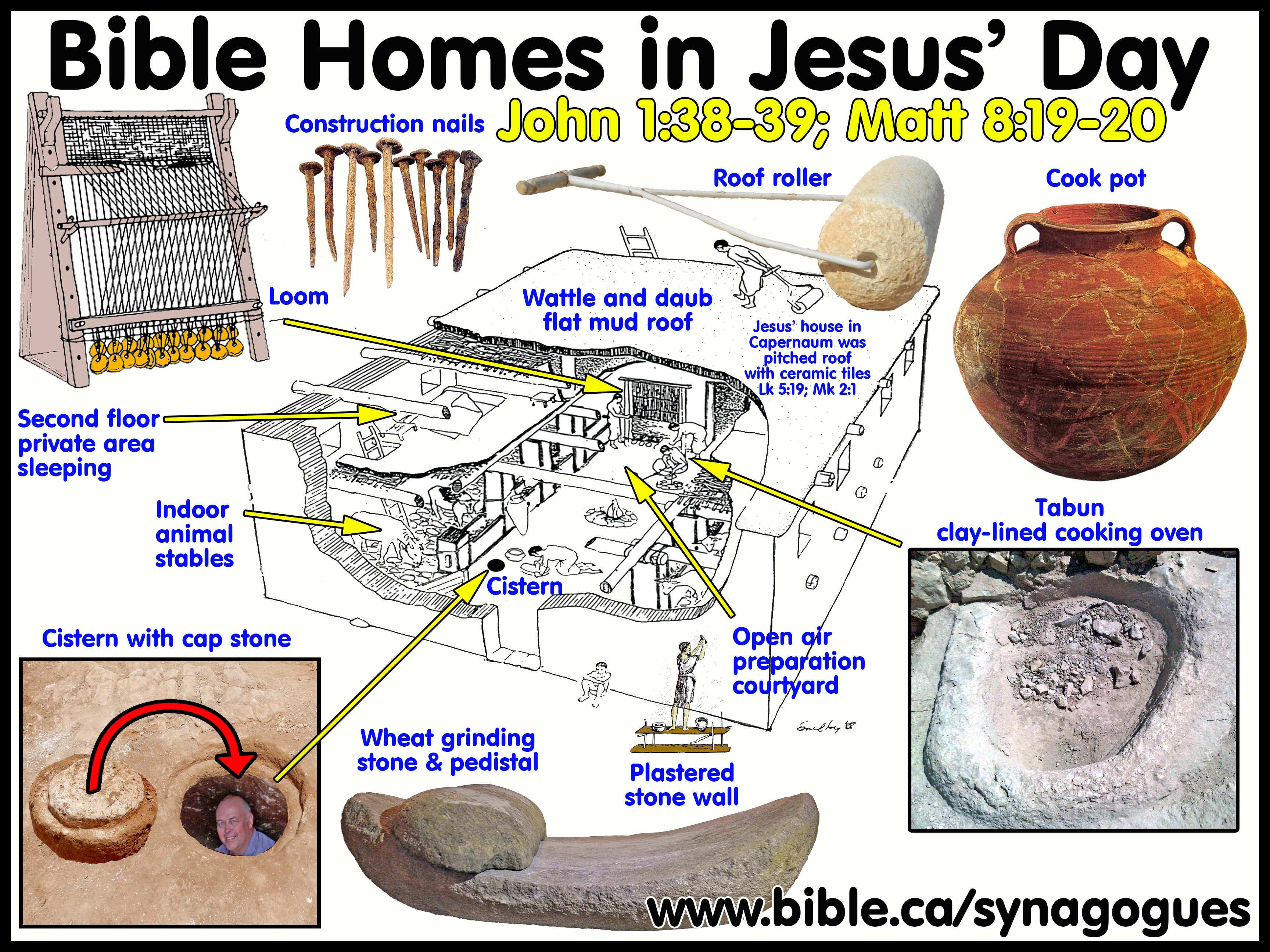|
Schools, Education and Literacy of Jews In Synagogues First Century Synagogues and churches |
“On this Rock, I will build My church”
Ancient Synagogue Worship and the Church
Synagogue worship was the prototype for Christian Church.
IN 931 BC JEWS COULD ALL READ AND WRITE BOOKS
"But beyond this, my son, be warned: the writing of many books is
endless,
and excessive devotion to books is wearying to the body."
(Ecclesiastes 12:12)
|
SCHOOLS AND LITERACY OF JEWS IN SYNAGOGUES |
A. History of Jewish Literacy:
1. The Jewish nation is the historically most literate of any nation on earth.
2. Hebrew was the first formal alphabet on earth in 1850 BC from which all other alphabets are derived including English.
3. In 1446 BC Moses mandated father’s reading the Law of Moses to their sons, and therefore also how to read and write, so their sons could repeat the process for their children.
a. "“Remember the day you stood before the Lord your God at Horeb, when the Lord said to me, ‘Assemble the people to Me, that I may let them hear My words so they may learn to fear Me all the days they live on the earth, and that they may teach their children.’" (Deuteronomy 4:10)
b. Notice each father must WRITE the law an put on foreheads and doors: "“These words, which I am commanding you today, shall be on your heart. “You shall teach them diligently to your sons and shall talk of them when you sit in your house and when you walk by the way and when you lie down and when you rise up. “You shall bind them as a sign on your hand and they shall be as frontals on your forehead. “You shall write them on the doorposts of your house and on your gates." (Deuteronomy 6:6–9)
c. "“You shall therefore impress these words of mine on your heart and on your soul; and you shall bind them as a sign on your hand, and they shall be as frontals on your forehead. “You shall teach them to your sons, talking of them when you sit in your house and when you walk along the road and when you lie down and when you rise up. “You shall write them on the doorposts of your house and on your gates," (Deuteronomy 11:18–20)
d. A FATHER READS TO HIS SON: “I lived with my husband all the days of my youth; but when these my sons were grown up, their father died. Happy was he; for he lived a life blessed with children, and he never knew the pain of their loss. 10 Who, while he was yet with us, taught you the Law and the prophets. 11 He read to us of Abel who was slain by Cain, and of Isaac who was offered as a burnt-offering, and of Joseph in the prison. 12 And he spake to us of Phineas, the zealous priest, and he taught you the song of Ananias, Azarias, and Mishael in the fire. 13 And he glorified also Daniel in the den of lions, and blessed him; and he called to your minds the saying of Isaiah, 14 “Yea even though thou pass through the fire, the flame shall not hurt thee.” 15 He sang to us the words of David the psalmist, “Many are the afflictions of the just.” 16 He quoted to us the proverb of Solomon, “He is a tree of life to all them that do his will.” 17 He confirmed the words of Ezekiel, “Shall these dry bones live?” 18 For he forgat not the song that Moses taught, which teaches, “I will slay and I will make alive. 19 This is your life and the blessedness of your days.”’ (4 Maccabees 18:9–19)
e. “Nay, indeed, the law does not permit us to make festivals at the births of our children, and thereby afford occasion of drinking to excess; but it ordains that the very beginning of our education should be immediately directed to sobriety. It also commands us to bring those children up in learning and to exercise them in the laws, and make them acquainted with the acts of their predecessors, in order to their imitation of them, and that they may be nourished up in the laws from their infancy, and might neither transgress them, nor yet have any pretense for their ignorance of them.” (Against Apion 2.204)
4. Moses instructed every king of Israel to be able to read and write:
a. "“Now it shall come about when he [KING] sits on the throne of his kingdom, he shall write for himself a copy of this law on a scroll in the presence of the Levitical priests. “It shall be with him and he shall read it all the days of his life, that he may learn to fear the Lord his God, by carefully observing all the words of this law and these statutes," (Deuteronomy 17:18–19)
5. Samuel ran a “prophet’s bible school” at Naioth in Ramah:
a. "Now David fled and escaped and came to Samuel at Ramah, and told him all that Saul had done to him. And he and Samuel went and stayed in Naioth. It was told Saul, saying, “Behold, David is at Naioth in Ramah.” Then Saul sent messengers to take David, but when they saw the company of the prophets prophesying, with Samuel standing and presiding over them, the Spirit of God came upon the messengers of Saul; and they also prophesied. When it was told Saul, he sent other messengers, and they also prophesied. So Saul sent messengers again the third time, and they also prophesied. Then he himself went to Ramah and came as far as the large well that is in Secu; and he asked and said, “Where are Samuel and David?” And someone said, “Behold, they are at Naioth in Ramah.” He proceeded there to Naioth in Ramah; and the Spirit of God came upon him also, so that he went along prophesying continually until he came to Naioth in Ramah. He also stripped off his clothes, and he too prophesied before Samuel and lay down naked all that day and all that night. Therefore they say, “Is Saul also among the prophets?” Then David fled from Naioth in Ramah, and came and said to Jonathan, “What have I done? What is my iniquity? And what is my sin before your father, that he is seeking my life?”" (1 Samuel 19:18–20:1)
b. “When the prophet was made acquainted with the unjust proceedings of the king, he left the city Ramah, and took David with him, to a certain place called Naioth, and there he abode with him. But when it was told Saul that David was with the prophet, he sent soldiers to him, and ordered them to take him, and bring him to him; (222) and when they came to Samuel, and found there a congregation of prophets, they became partakers of the Divine Spirit, and began to prophesy; which when Saul heard of, he sent others to David, who prophesying in like manner as did the first, he again sent others; which third sort prophesying also, at last he was angry, and went thither in great haste himself; (223) and when he was just by the place, Samuel, before he saw him, made him prophesy also. And when Saul came to him, he was disordered in mind, and under the vehement agitation of a spirit; and, putting off his garments, he fell down, and lay on the ground all that day and night, in the presence of Samuel and David.” (Josephus Antiquities 6.221–223)
c. Babylonian Talmud indicates formal teaching in a school setting was taking place at Naioth: “Expounded Raba, “[In search of the exact site of the Temple,] what is the meaning of the verse, ‘And he asked and said, “Where are Samuel and David?” And one said, “Behold, they are at Naioth in Ramah” (1 Sam. 19:22) [and ‘Naioth,’ beautiful, applies to the Temple]? What connection is there between Naioth and Ramah? The sense of the verse is, they went into session in Ramah and took up the subject of the world’s most beautiful place [which is the Temple].” (Babylonian Talmud, b. Zebah. 54)
d. “The Church was crowded. A mighty chant thundered over the sea of heads. At the end of the basilica, facing the multitude, stood Basil, statue-like, erect as Samuel among the prophets at Naioth, and quite indifferent to the interruption of the imperial approach.” (Nicene and Post-Nicene Fathers 2.8: St. Basil: Letters and Select Works 2.8, Prolegomena: sketch of the life and works of saint Basil, Page xxiv)
e. “Verses 23, 51. If the 119th Psalm came from the pen of David, as multitudes believe, then I do not wonder that many have connected its composition with his residence in the school of the prophets of Naioth. The calm in which he then found himself, and the studies which he then prosecuted, might well have led his musings in the direction of that alphabetic code, while there are in it not a few expressions which, to say the least, may have particular reference to the dangers out of which he had so recently escaped, and by which he was still threatened.” (The Treasury of David, Spurgeon, Volume 5: Psalms 111–119)
f. “It is an old explanation, not out of harmony with the context, that the term denotes the home, or cœnobium, of the prophets (cf. Targ. בית אולפנא ‘house of instruction,’ or school): but the philological basis of this interpretation is very insecure; for נָוֶה (of which נָוְיַת might be a fem. form) does not mean ‘habitation’ in general, but denotes in particular an abode of shepherds or sheep (see esp. 2 S 7:8; and cf. Is 65:10; Jer 33:12), or a country habitation, or domain (Job 5:24; Is 32:18; Jer 10:25; 25:30 etc.), and is only applied figuratively to other kinds of abode, in poetry (Ex 15:13; Is 33:20; Jer 50:7), or elevated prose (2 S 15:25): hence it is doubtful whether a word closely allied to this would have been chosen to denote a residence of prophets in a village or town. “(A Dictionary of the Bible: Dealing with Its Language, Literature, and Contents Including the Biblical Theology, Volumes I–V, Naioth)
g. The figurative use of the word supports the preacher’s school being a place for country sheep to learn the Law of Moses.
6. IN 931 BC JEWS COULD ALL READ AND WRITE BOOKS: "But beyond this, my son, be warned: the writing of many books is endless, and excessive devotion to books is wearying to the body." (Ecclesiastes 12:12)
B. Each Synagogue was used as a school
1. Schools were run in the main auditorium of the synagogue during the week:
a.
480 synagogues with schools in Jerusalem at the time of Jesus: “‘The
house of the Lord’ refers to the Temple. ‘And the king’s house’ refers to the
palace of Zedekiah. ‘And all the houses of Jerusalem’ refers to the 480 synagogues that were in Jerusalem. For R. Phineas
in the name of R. Hoshaiah: “There were 480 synagogues in Jerusalem and every
one of them had a schoolhouse [didaskaleion]and a house for learning, a
schoolhouse [didaskaleion] for Scripture and a house of learning for Mishnah.”
(Jerusalem Talmud, y. Meg. 3:1, II.2.D–E)
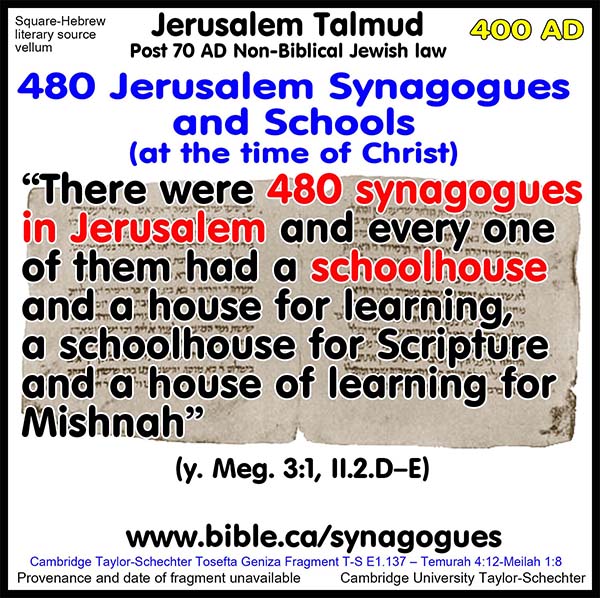
b. Students would sit on the benches that lined the outer walls.
c. The teacher may have stood on the synagogue bema or sat in the Moses Chair.
d. While archeologists look for and identify separate little rooms or niches where students and teachers would gather, they miss for forest for the trees because the main auditorium of the synagogue was where they conducted the school.
2. Jewish schools separate from the synagogue:
a. “but if any be caught stealing their holy books, or their sacred money, whether it be out of the synagogue [Sabbath meeting] or public school, he shall be deemed a sacrilegious person, and his goods shall be brought into the public treasury of the Romans.” (Josephus Antiquities 16.164)
b. “A They kindle [unclean] oil [in the status of heave offering] which is fit for burning in (1) synagogues, (2) houses of study, (3) dark alleyways and (4) for sick people B in the presence of a priest. C [As regards] the daughter of an Israelite who married a priest but is accustomed to visit her father— D her father may kindle [oil in the status of heave offering] in her presence. E “They kindle [oil in the status of heave offering] in a house in which there is a wedding feast but not in a house of mourning”—the words of R. Judah. F R. Yose says, “[They do so] in a house of mourning but not at a wedding feast.” G R. Meir prohibits in either case. H R. Simeon permits in either case.” (Mishnah, m. Terumoth 11:10 A–H, 200 AD)
B. Archeological papyrus dump proves ancient cultures could read and write:
1. The half million Greek and Latin papyrus documents (300 BC – 300 AD) found at the Egyptian city of Oxyrhynchus in 1882 AD by Bernard Grenfell and Arthur Hunt in the city dump evidence the high level of literacy among the general population.
a. 10% of the papyri were Greek fragments of almost every book of both the Old and new Testament and other important classical writings.
b. The remaining 90% were civic “every day life” public and private documents including: Laws, codes, edicts, registers, official correspondence, census-returns, tax-assessments, petitions, court-records, sales, leases, wills, invoices, narrated accounts, inventories, horoscopes, and personal letters.
2. The massive 9 meter deep dumps of papyrus at Oxyrhynchus survived because of perfect, dry conditions.
3. The excavators noted that layers of papyrus would be exposed by simply kicking the surface dirt with their boots.
4. This kind of papyrus dump was likely common for every city in the ancient world, but had long been turned into natural compost within years of being dumped. This is powerful evidence that the first century world was as literate as we are today.
1. The same is true for the church. Every church is to be a school!
a. "All Scripture is inspired by God and profitable for teaching, for reproof, for correction, for training in righteousness; so that the man of God may be adequate, equipped for every good work." (2 Timothy 3:16–17)
b. "I solemnly charge you in the presence of God and of Christ Jesus, who is to judge the living and the dead, and by His appearing and His kingdom: preach the word; be ready in season and out of season; reprove, rebuke, exhort, with great patience and instruction. For the time will come when they will not endure sound doctrine; but wanting to have their ears tickled, they will accumulate for themselves teachers in accordance to their own desires, and will turn away their ears from the truth and will turn aside to myths. But you, be sober in all things, endure hardship, do the work of an evangelist, fulfill your ministry." (2 Timothy 4:1-5)
2. Following the New Testament example, the best Bible schools are churches, or at least they should be.”
a. Almost every major university today is correctly described as secular, atheist, liberal and anti-Christian, yet these institutions were started as Bible schools by various churches.
b. Once a Bible school is endowed with self sustaining capital assets or government funding, it always becomes an enemy of Christ within a few decades.
c. There are no exceptions to this rule so best to spend your time teaching the way God intended in a school for anyone who wants to learn for free in the context of the best school on earth: the church.
3. Apostle Paul taught in a school at a time when there were no church buildings:
a. "But when some were becoming hardened and disobedient, speaking evil of the Way before the people, he withdrew from them and took away the disciples, reasoning daily in the school of Tyrannus. This took place for two years, so that all who lived in Asia heard the word of the Lord, both Jews and Greeks." (Acts 19:9–10)
b. While today men use this a the optimum example of Paul to set up a separate Bible college, they overlook that if it was 300 years later when church buildings started to be built, that Paul would have simply used the church building.
4. The New Testament authorizes running Bible schools:
a. Bible, not secular courses are to be taught.
b. Science as it relates to refuting evolution can be taught.
c. Biblical Archeology, cartology and chronology must be taught.
d. Tuition is free because the school, as part of the church, is funded singularly from freewill donations from Christians every Lord’s Day.
By Steve Rudd 2017: Contact the author for comments, input or corrections
|
Jesus your messiah is waiting for you to come home! |
|
|
Why not worship with a first century New Testament church near you, that has the same look and feel as the Jewish Synagogue in your own home town. As a Jew, you will find the transition as easy today as it was for the tens of thousands of your forefathers living in Jerusalem 2000 years ago when they believed in Jesus the Nazarene (the branch) as their messiah. It’s time to come home! |
|
By Steve Rudd: Contact the author for comments, input or corrections.
Go to: Main Ancient Synagogue Start Page
